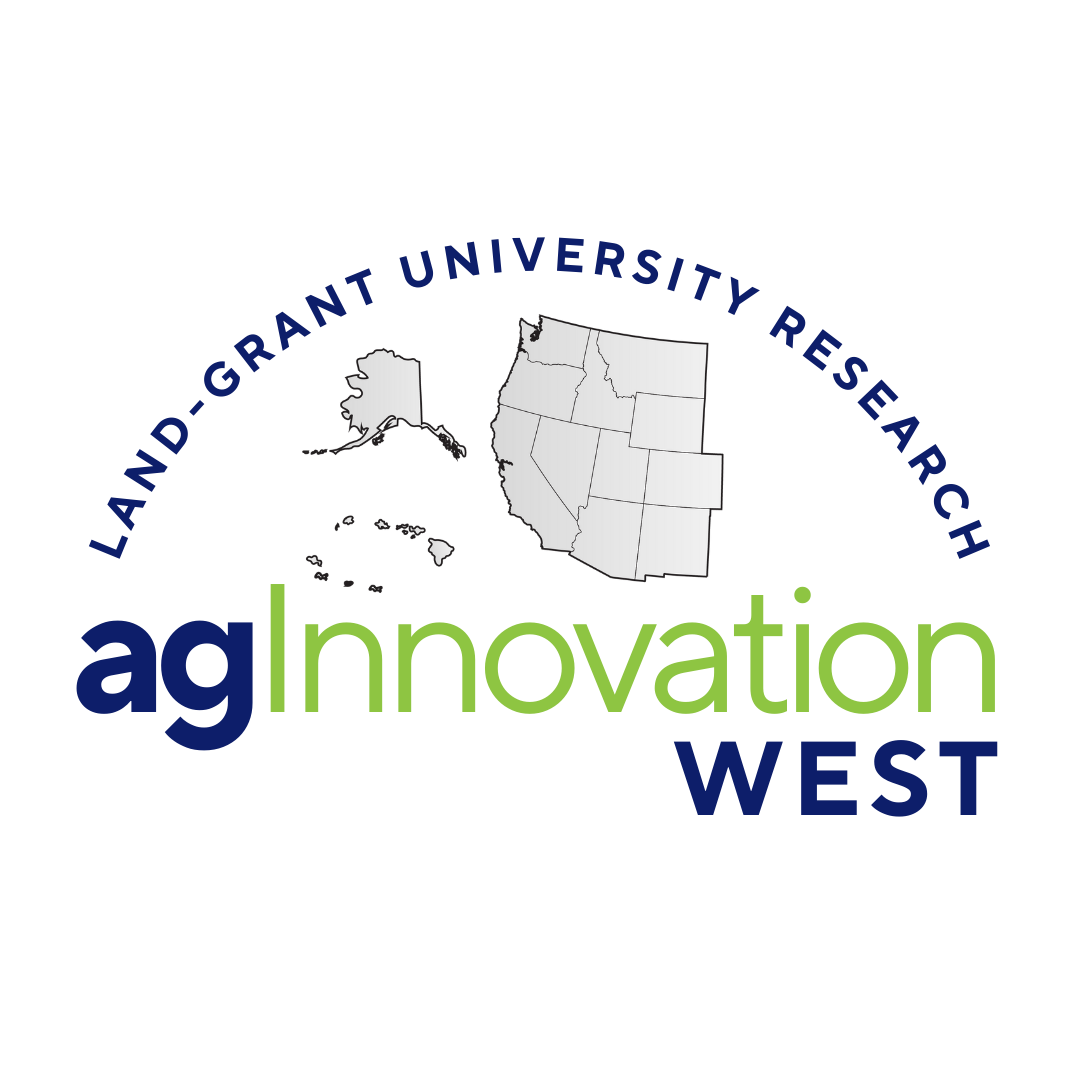
W4009: Integrated Systems Research and Development in Automation and Sensors for Sustainability of Specialty Crops
(Multistate Research Project)
Status: Active
Homepage
The Need:
Increased demand for safe and high-quality food, pressure from global competition, and the need to preserve sustainability in natural resources and the environment represent formidable challenges for agricultural production in the U.S. Additionally, the decline in the availability of skilled and unskilled farm labor is a continuing trend with a very significant negative impact on crop production. Specialty crops, in particular, are major sources of nutrients that are paramount to achieving the nutrition security that USDA has highlighted. USDA recommendations suggest two servings per day of fresh fruits and 2 to 4 servings per day of fresh vegetables. Nuts also provide significant health benefits. However, much of the population in the U.S. cannot meet the USDA standards due to limited access to and high prices of these crops. Over the past 3 to 4 decades, the U.S. kept increasing the percentage of imported fruits and vegetables, resulting in over 40% of total fruits and vegetables in 2021. Considering the fragility of global agrifood supply chains, especially during unexpected global pandemics, such a high importing ratio introduces extreme uncertainty. We should develop productive, resilient, and sustainable specialty crop production systems to avoid potential consequences.
Toward this goal, producers and processors are urgently seeking new advancements in tools, methodologies, and systems that will aid them during production, harvesting, sorting, storing, processing, packaging, marketing, and transportation while maintaining competitiveness in production costs. There is a continuing need for sufficient and effective sensors, optimized assistive mechanization, and automation systems for specialty crops (fruits, vegetables, tree nuts, dried fruits, and nurseries). This is because many of the underlying biological processes related to the quality and condition of fruits and vegetables are not readily transferred into engineering concepts. Biological variability, coupled with various environmental factors, creates challenges and opportunities for developing sensors and automation systems for effective implementation at various stages of the production, harvest, and postharvest handling chain. Additionally, obtaining measurements of internal biological factors by using external, non-destructive sensors is not simple. Such devices or processes must adapt to a wide variation in shape, size, maturity, and other parameters of the commodity being processed.
Although modern crop architectures, systems, and growing practices are slowly being upgraded to accommodate mechanized and automated production, a large portion of the production system, such as orchards, is still based on conventional, labor-intensive production practices. In contrast to grain crop production, it is a challenge for any single specialty crop sector to afford the cost of research, development, and commercialization of this complex level of automation due to its relatively small scale. Thus, public entities must assist this economically vital agricultural sector with integrated research and development in sensing, mechanization, and automation using an integrated approach.
Importance of the Work:
The steady increase in global competition and the recent decrease in available labor has amplified the need for new technologies in specialty crop production. The specialty crop industry in the United States faces significant challenges to remain competitive; improving production efficiency is critical to keeping the specialty crop industry thriving. A system-wide approach to developing automation for the specialty crop industry is critically needed to address economic and environmental sustainability challenges. The proposed five-year project will address research and outreach needs for the specialty crop industry in these areas, working with researchers, manufacturers, and producers. Approval of this project will allow researchers and industrial partners to share their results and to plan future efforts in a coordinated manner to help develop new technologies to improve efficiency, reduce redundancies, and help promote better use of expertise.